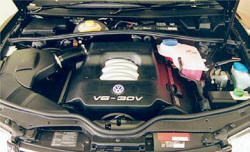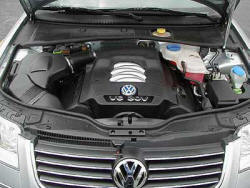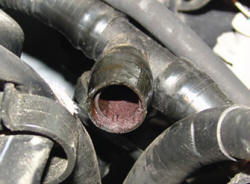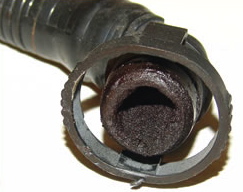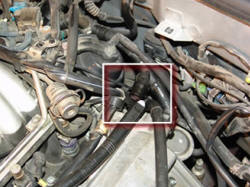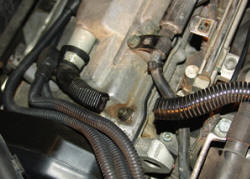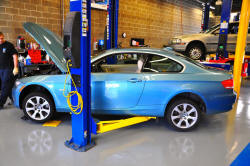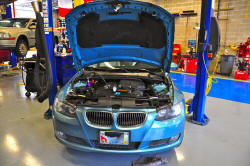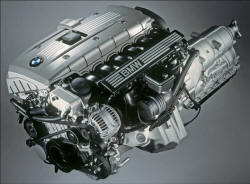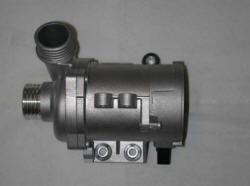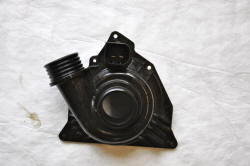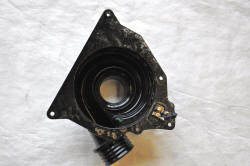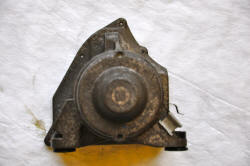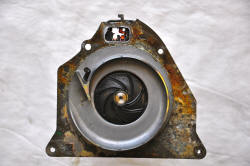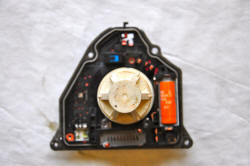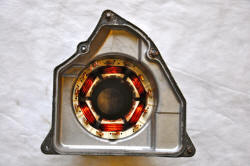BMW Engine Oil Pump – Here’s one for the record books, it’s actually the subject of a BMW Technical Service Bulletin, but our friends and colleagues in the BMW Tech Groups have not run across it yet, we seem to have been one of the few shops who has seen this in the “wild”. So, we thought we’d document this for the benefit of others.
When changing the oil filter on the BMW N62 engine, keep your eyes open for bits and pieces of the engine oil pump check valve. Seems BMW has a problem with this, and part of the oil pump check valve will work loose, and find their way into the filter housing. The check valve is a pretty critical item, it prevents oil from running back into the pump, and keeps the engine from experiencing “dry starts” or lack of oil pressure on start up. The repair involves replacement of the complete engine oil pump with an updated parts kit, check with the BMW tech line or parts to be sure and get the latest numbers.
Should you find these bits and pieces in the filter housing, take heart, while this not a simple job, it involves complete disassembly of the front suspension, lower engine, front driveshafts and differential, it is much less expensive to replace the oil pump than change the engine.













